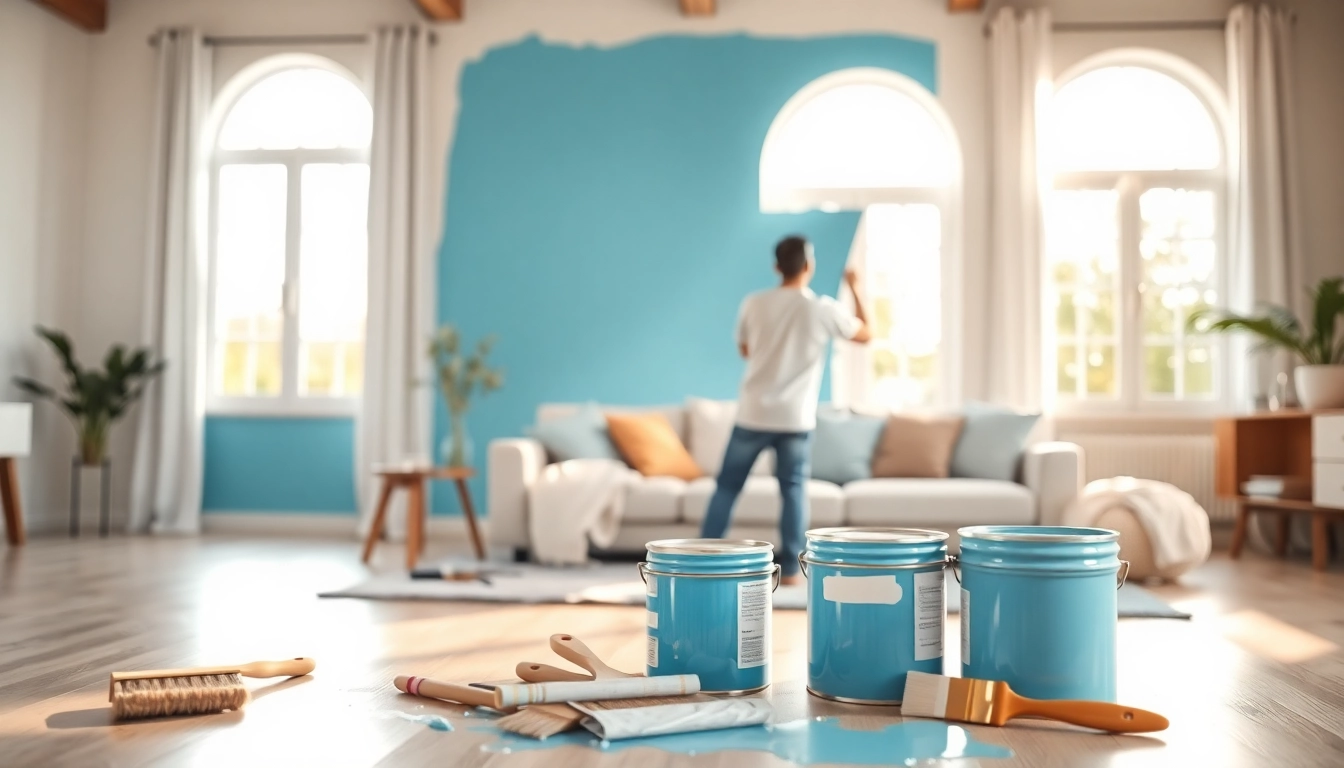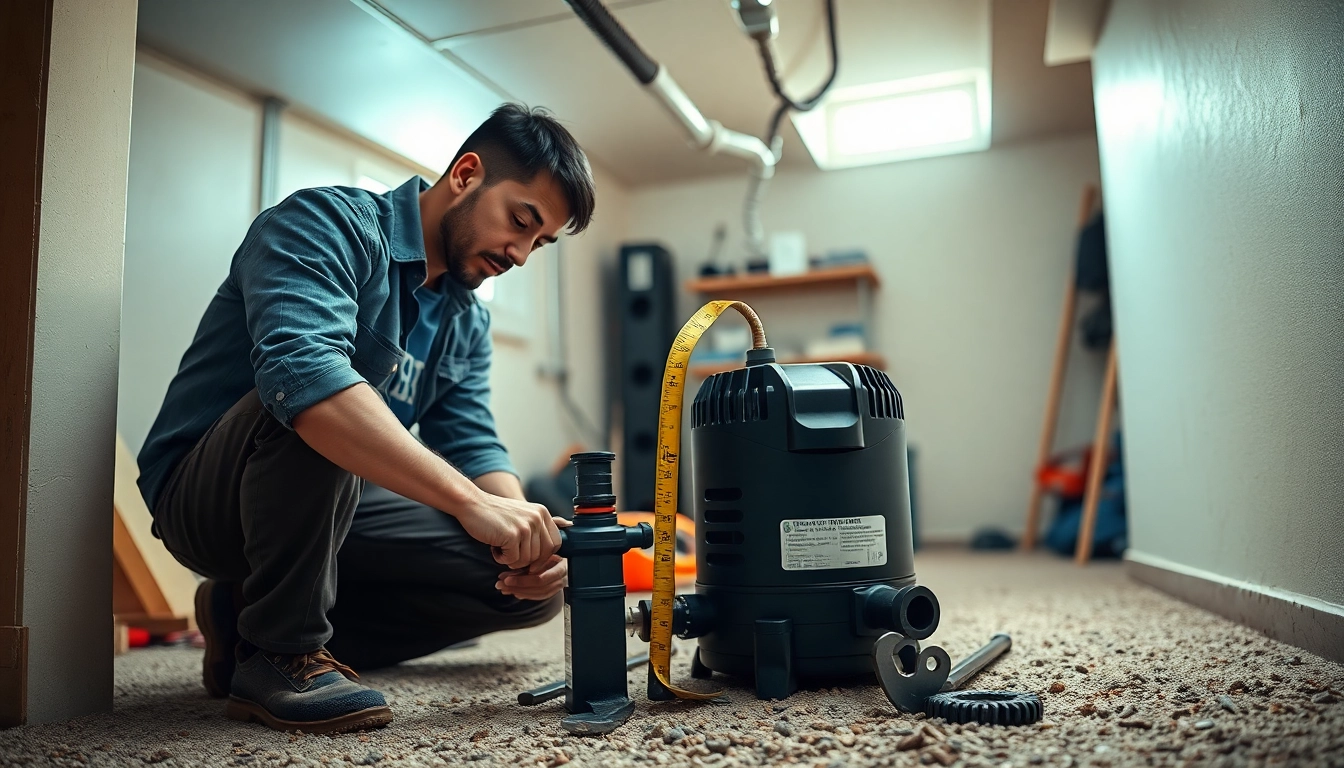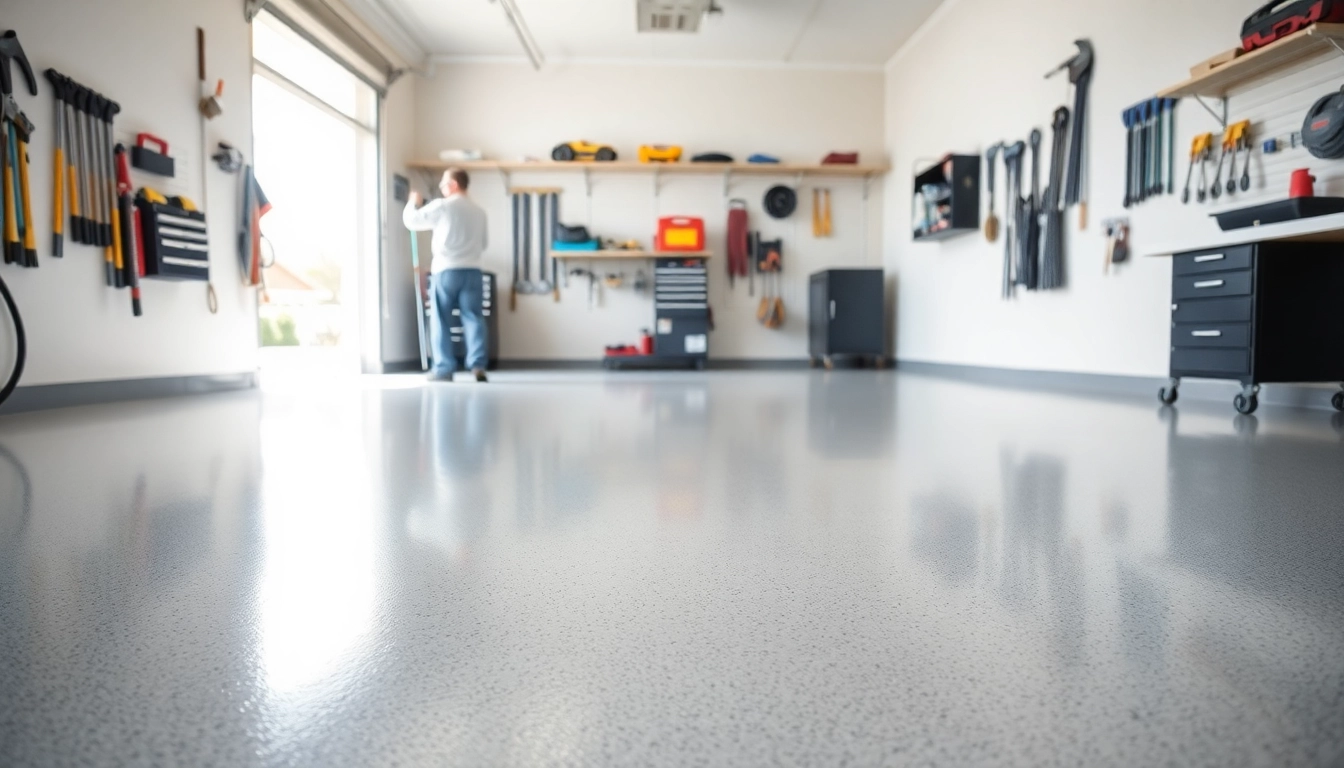Interior painting can dramatically transform the ambiance of your home, creating an inviting space that reflects your personal style and improves overall aesthetics. Whether you’re looking to refresh a single room or undertake an entire home makeover, understanding the nuances of Interior painting Bloomington MN is essential for achieving stunning results. Every detail, from the preparation phase to the execution of painting techniques, plays a pivotal role in the final appearance of your interior spaces. This comprehensive guide aims to provide in-depth insights into the various aspects of interior painting, equipping you with the knowledge needed for a successful project.
Understanding Interior Painting Bloomington MN
What is Interior Painting?
Interior painting involves applying paint to the walls, ceilings, and other surfaces of a building’s interior. This process goes beyond simply choosing a color; it encompasses various methods and techniques to ensure a high-quality finish that can enhance the overall appeal of your home. The choice of materials, application methods, and finish types can significantly impact the aesthetics and durability of the painted surfaces.
Benefits of Interior Painting
Investing in interior painting offers numerous benefits:
- Enhances Curb Appeal: Freshly painted walls increase the visual appeal of your home, which can be particularly important if you’re considering selling your property.
- Increases Property Value: A well-executed paint job can boost the market value of your home, making it a worthwhile investment.
- Customization: Interior painting allows you to express your personality and style through color choices, finishes, and techniques that best suit your taste.
- Protective Layer: Quality paints provide a protective barrier against moisture, dirt, and wear, which can extend the lifespan of your interior surfaces.
- Improves Air Quality: Using low VOC (volatile organic compounds) paints can help maintain better indoor air quality.
Key Considerations for Your Project
Before embarking on an interior painting project, consider these essential factors:
- Choosing the Right Environment: Ensure the area to be painted is well-ventilated. Consider the time of year, as humidity and temperature can affect drying times and paint application.
- Surface Preparation: The quality of the final paint job is hugely influenced by how well the surfaces are prepared. This could involve cleaning, patching holes, sanding, and priming.
- Type of Paint: Different rooms may require different types of paint. For instance, bathrooms and kitchens benefit from moisture-resistant paints, while living spaces can showcase a variety of finishes.
- Color Theory: Understanding how colors interact can help you create a cohesive design. Consider the mood you want to set; lighter colors can make a space feel larger, while darker tones can add coziness.
Preparing for Your Interior Painting Bloomington MN Project
Choosing the Right Colors
Selecting a color for your interior can be overwhelming given the multitude of options available. Here are some tips to make the choice easier:
- Establish a Mood: Different colors evoke different feelings. For example, blues and greens can create a calming atmosphere, while yellows and oranges are lively and energizing.
- Start with a Base: Choose a neutral base that can easily complement accent colors. This can create a versatile backdrop for various decorations and furniture.
- Sample Swatches: Before committing to a color, buy sample swatches and apply them to see how they look at different times of the day and under varying lighting conditions.
- Consider Flow: Ensure that the colors you select for different rooms flow well together to create a harmonious transition throughout the home.
Essential Tools and Supplies
Having the right tools and supplies is crucial to the success of your painting project. Here’s a checklist of must-have items:
- Paint and Primer: Choose high-quality paints and primers suited for your surfaces.
- Brushes and Rollers: Different sizes and types serve various purposes. A good set typically includes angled brushes for trim and larger rollers for walls.
- Drop Cloths: Protect your floors and furniture from paint splatters.
- Tape: Use painter’s tape to protect edges and maintain clean lines.
- Ladders: Ensure you have a sturdy ladder for reaching high areas.
- Paint Tray: A paint tray will make applying paint easier and help to manage excess paint effectively.
- Cleaning Supplies: Rags, a sponge, and appropriate solvents will assist with cleanup.
Preparing Your Space for Painting
Proper preparation of your space can make a significant difference in the outcome of your project. Here are steps to follow:
- Clear the Area: Remove furniture, decor, and other items that may impede the painting process.
- Protect Surfaces: Use drop cloths for flooring and tape for edges to protect from unwanted paint splashes.
- Repair Walls: Fill in any cracks or holes with spackling compound, and sand down uneven surfaces to ensure a smooth application.
- Clean Surfaces: Dust and clean the walls to remove any residues that might affect paint adherence.
Techniques for Successful Interior Painting Bloomington MN
Common Painting Techniques Explained
Understanding various painting techniques can help you achieve the desired results for your interior project:
- Cutting In: This technique involves painting the edges and corners with a brush before using a roller on larger surfaces.
- Rolling: Using a roller is effective for covering large areas quickly. Roll in a ‘W’ pattern to ensure an even distribution of paint.
- Sponging: A technique that creates texture using a sponge; this can be useful for creating visual interest.
- Stippling: This involves using a stippling brush to create textured effects—great for adding an artistic touch.
Tips for Achieving a Professional Finish
To achieve that polished, professional appearance, follow these practices:
- Multiple Coats: Depending on the color and paint type, multiple coats might be necessary for complete coverage. Allow adequate drying time between coats.
- Backrolling: After spraying, use a paint roller to backroll over surfaces to achieve a consistent finish.
- Maintain a Wet Edge: When painting, work in sections and try to maintain a wet edge to avoid lap marks.
- Use High-Quality Material: Investing in quality paint and tools will make a notable difference in the final finish.
Avoiding Common Mistakes
Even seasoned painters can make errors. Here are some pitfalls to avoid:
- Skipping Prep Work: Proper surface preparation is crucial for durability and appearance.
- Ignoring Weather Conditions: High humidity or extreme temperatures can affect drying times and paint adhesion; aim to paint under optimal conditions.
- Inconsistent Techniques: Uniform application techniques will prevent visible differences in texture and appearance across the painted surface.
- Rushing the Process: Taking your time can lead to a far superior outcome. Don’t rush through cleaning, preparation, or coats of paint.
Maintenance and Care After Painting
Cleaning and Storing Tools
After completing your painting project, proper cleaning of your tools is essential. Here are some best practices:
- Clean Brushes and Rollers: Use warm, soapy water for latex paints; for oil-based paints, you’ll need mineral spirits.
- Store Properly: Store brushes and rollers in a cool, dry place, ideally wrapped in plastic or aluminum foil to maintain their shape and quality.
Touch-ups and Repairs
Over time, you may notice scuffs, scratches, or peeling in your paint job. To maintain the quality:
- Keep Paint on Hand: Save leftover paint for future touch-ups. Label it with the color and room for easy access.
- Repaint as Needed: Lightly sand any damaged spots before applying touch-up paint to ensure a smooth blend.
Enhancing the Longevity of Your Paint Job
To ensure that your newly painted walls remain beautiful for years, follow these guidelines:
- Regular Cleaning: Wipe walls gently with a damp cloth to prevent dirt buildup, taking care not to remove the paint finish.
- Avoid Harsh Chemicals: Use gentle cleaners specifically designed for painted surfaces to avoid ruining the finish.
- Reevaluate Every Few Years: Depending on wear and tear, consider repainting every five to seven years to maintain an attractive interior.
Hiring Professionals for Interior Painting Bloomington MN
When to Consider Hiring a Painter
While some homeowners may choose to tackle painting on their own, hiring professionals has its advantages. Consider employing a painter if:
- You have a large project that requires significant time and effort.
- You feel unsure about your painting skills or lack experience.
- You desire a high-quality finish that professional tools and techniques can deliver.
- The project involves intricate details, such as trim work, that require a skilled hand.
Assessing Qualifications and Experience
When selecting a professional painting service, consider the following:
- Check References: Ask for references from past clients to gauge their experience, quality of work, and reliability.
- Verify Licenses and Insurance: Ensure the painter holds the necessary licenses and has insurance to protect against potential damages.
- Evaluate Previous Work: Reviewing a portfolio of completed projects can help in assessing the painter’s capabilities.
Getting Quotes and Setting a Budget
Once you’ve decided on a professional, obtaining quotes will allow you to set a realistic budget. Tips for this process include:
- Request Detailed Estimates: A thorough breakdown of labor, materials, and any other costs will help you understand the total investment required.
- Compare Multiple Quotes: Collect several quotes to get a sense of the average cost and avoid being overcharged.
- Budget for Contingencies: Set aside a portion of your budget for unexpected expenses that may arise.
In conclusion, Interior painting Bloomington MN can completely rejuvenate your living space, offering a blend of aesthetics and functionality. Through careful planning, selection of the right tools, and applying appropriate techniques, your interior painting project can be a success. Whether choosing to navigate the endeavor independently or engaging a professional, understanding the ins and outs of painting will lead to a beautiful and lasting transformation in your home.















Leave a Reply